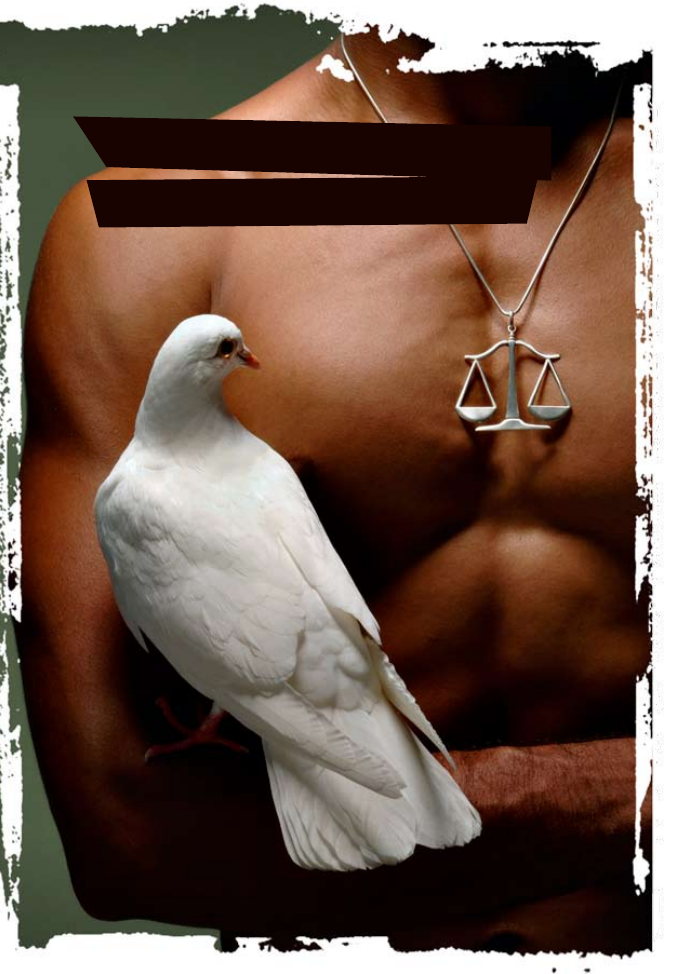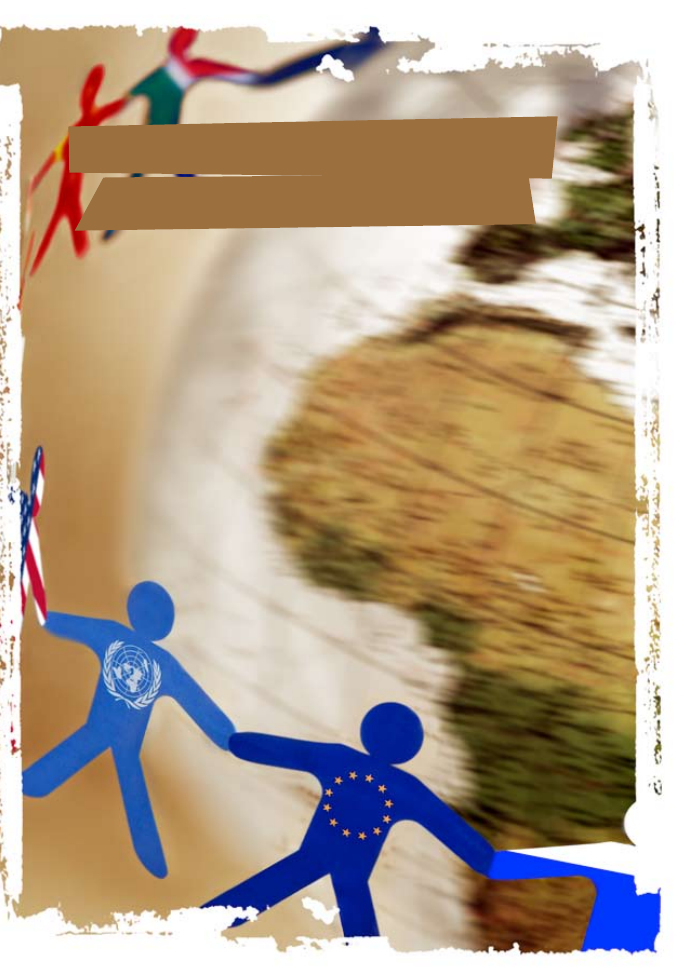ВУЗ: Не указан
Категория: Не указан
Дисциплина: Не указана
Добавлен: 07.04.2021
Просмотров: 624
Скачиваний: 1

44
44
.0. Freedom, security and justice
10. Freedom, security
and justice
4
4
Europe in 12 lessons
European citizens are entitled to live in
freedom, without fear of persecution or vio-
lence, anywhere in the European Union. Yet
international crime and terrorism are among
the main concerns of Europeans today.
Integration in the field of justice and home
affairs was not envisaged in the Treaty es-
tablishing the European Community. How-
ever, as time went by, it became clear that
freedom of movement had to mean giving
everyone, everywhere in the EU, the same
protection and the same access to justice. So
an area of freedom, security and justice was
created gradually over the years through
amendments to the original Treaties under
the Single European Act, the Treaty on Eu-
ropean Union (Maastricht Treaty) and the
Amsterdam Treaty.
I. Free movement
The free movement of people within the EU
raises security issues for the member govern-
ments, since they no longer control internal
EU borders. To compensate for this, extra
security measures have to be put in place
at the EU’s external borders. Moreover, since
criminals can also exploit freedom of move-
ment within the EU, national police forces
and judicial authorities have to work togeth-
er to combat cross-border crime.
One of the most important moves to make life
easier for travellers in the European Union
took place in 98, when the governments
of Belgium, France, Germany, Luxembourg
and the Netherlands signed an agreement
in a small Luxembourg border town called
Schengen. They agreed to abolish all checks
on people, regardless of nationality, at their
shared borders, to harmonise controls at
their borders with non-EU countries and to
introduce a common policy on visas. They
thus formed an area without internal fron-
tiers known as the Schengen Area.
The Schengen package and the secondary
legislation derived from it have since be-
come an integral part of the EU Treaties, and
the Schengen Area has gradually expanded.
By 200, EU countries (Austria, Belgium,
Denmark, Finland, France, Germany, Greece,
Italy, Luxembourg, the Netherlands, Portu-
gal, Spain and Sweden), together with non-
EU countries Iceland and Norway, were fully
implementing the Schengen rules.
When 0 new countries joined in 2004, they
were given seven years to fulfil the criteria
for membership of the Schengen Area.
II. Asylum and immigration policy
Europe is proud of its humanitarian tradi-
tion of welcoming foreigners and offering
asylum to refugees fleeing danger and per-
secution. Today, EU governments face the
pressing question of how to deal with rising
numbers of immigrants, both legal and ille-
gal, in an area without internal frontiers.
• The opening of internal borders between EU member states
is a very tangible benefit for ordinary people, allowing them to travel
freely without being subject to border controls.
• However, this freedom of internal movement must go
hand in hand with increased controls at the EU’s external borders
so as to combat effectively the trafficking of people and drugs,
organised crime, illegal immigration and terrorism.
• The EU countries cooperate in the area of policing and justice
so as to make Europe safer and more secure.

4
4
EU governments have agreed to harmonise
their rules so that applications for asylum
can be processed in accordance with a set
of basic principles uniformly recognised
throughout the European Union. In 999,
they set themselves the goal of adopting a
common asylum procedure and giving equal
status throughout the Union to persons who
have been granted asylum. Some technical
measures were adopted, such as minimum
standards for the admission of asylum-seek-
ers and for the granting of refugee status.
A European Fund for Refugees was estab-
lished, with a budget of
€
4 million a
year. Despite this large-scale cooperation
between national governments, a true EU
asylum and immigration policy still has to
be put in place.
III. Fighting international
crime and terrorism
To make an asylum and immigration policy
viable, the EU must have an effective system
for managing migration flows, carrying out
checks at its external borders and prevent-
ing illegal immigration. A coordinated effort
is needed to combat criminal gangs who
run people-trafficking networks and who ex-
ploit vulnerable human beings, particularly
women and children.
Organised crime is becoming ever more so-
phisticated and regularly uses European or
international networks for its activities. Ter-
rorism has clearly shown that it can strike,
with great brutality, anywhere in the world.
People traffickers exploit the vulnerable — international police cooperation is needed.
© IOM
4
4
Europe in 12 lessons
This is why the Schengen information system
(SIS) was set up. This is a complex database
which enables police forces and judicial
authorities to exchange information on peo-
ple for whom an arrest warrant or extradi-
tion request has been issued, and on stolen
property such as vehicles or works of art.
One of the best ways of catching criminals is
to track their ill-gotten gains. For this reason,
and to cut off the funding of criminal and
terrorist organisations, the EU has brought
in legislation to prevent money laundering.
The greatest advance made in recent years
in the field of cooperation between law en-
forcement authorities was the creation of
Europol
, an EU body based in The Hague
and staffed by police and customs officers. It
tackles a wide range of international crime:
drug trafficking, trade in stolen vehicles,
people trafficking and illegal immigration
networks, the sexual exploitation of women
and children, pornography, forgery, the traf-
ficking of radioactive and nuclear material,
terrorism, money-laundering and counter-
feiting the euro.
IV. Towards a ‘European
judicial area’
At present, many different judicial systems
operate side by side in the European Union,
each within national borders. If the Union
wants its people to share the same con-
cept of justice, its justice system must make
their daily lives easier rather than more
complicated.
The most significant example of practical
cooperation in this field is the work done by
Eurojust
, a central coordinating structure es-
tablished in The Hague in 200. Its purpose
is to enable the national investigating and
prosecuting authorities to work together on
criminal investigations involving several EU
countries.
The
European arrest warrant
, operational
since January 2004, is intended to replace
long extradition procedures.
International crime and terrorism do not
respect national boundaries. This means
that a common EU criminal justice policy
is required, since cooperation between the
courts in different countries can be ham-
pered by their differing definitions of certain
criminal acts. The objective is to give the EU
a common framework for fighting terrorism,
so as to guarantee its citizens a high level of
protection and step up international coop-
eration in this area.
In the area of civil law, the EU has adopted
legislation to facilitate the application of
court rulings in cross-border cases involving
divorce, separation, child custody and main-
tenance claims so that judgments in one
country are applicable in another. The EU
has established common procedures to sim-
plify and speed up the settlement of cross-
border cases in small and uncontested civil
claims like debt recovery and bankruptcy.

48
48
11 . The European Union
on the world stage